Needle-drops
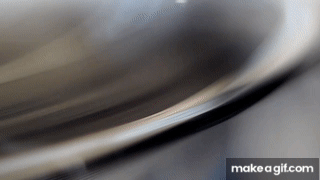

The page is divided into sections - each devoted to the processes available.
Here a rival, high-quality RIAA preamplifier and cartridge and the combination of the Phædrus Audio PHLUX-AI preamp and PHLUX-III cartridge and Stereo Lab may be A/B compared. Some browsers may not parse this, so the two audio files are available as separate examples below. (The audio is not precisely synchronous as they represent two, separate needle-drops.)
Track 1 is the PHLUX-AI, PHLUX-III & Stereo Lab
Track 2 Standard preamplifier
Or, in a non A/B format: the first recording is made with a high-quality, competitive preamplifier with a good quality cartridge.
Here are the same examples using the PHLUX-AI with the PHLUX-III cartridge.
Stereo Lab incorporates an audiophile de-clicker which is optimised for fans of the vinyl disc whose LPs are good condition and for the most part need little or no correction. Importantly, the Stereo Lab algorithm doesn't interpolate or predict the audio. Instead, a robust click-detection algorithm is coupled to an adaptive attenuator which lowers the intensity of clicks rather than attempting to remove them altogether. In this way, audio is never lost or synthesised.
The importance of a robust detection is to ensure there are no false positives and correction is not wrongly applied to musical transients rather than clicks. The Stereo Lab detection algorithm is virtually foolproof. It is biased against detection so, in the event of an ambiguous detection it will rather let a click go through than replace good audio.
Click and noise removal works much better if it is applied before RIAA equalisation because the massive bass-boost of the RIAA equalisation process transforms a very brief dust particle "snick" into a very noticeable "thwack" . So the Stereo Lab de-clicker is incorporated in the phonograph dialogue. When the check box for de-clicking is checked, the process will be automatically invoked as the appropriate disc replay-correction is applied.
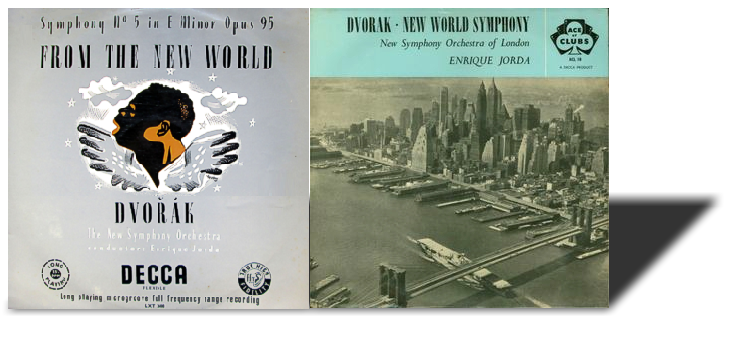
This recording was made in the 1950s on DECCA's then state-of-the-art recording system known as FFRR for Full Frequency Range Recording but before the switchover to RIAA equalisation.
Early Decca LPs of this period used the Decca 33⅓ characteristic (500C-11.5) which is characterised by the time-constants of 1590/318/60µS. If RIAA equalisation is used to reproduce these discs, the bass is over-boosted because of the 100Hz bass-shelf in the 500C-11.5 characteristic. Pspatial Audio's EQ-A2 is a modified version of Quad setting A which is optimised for Decca records and that is the equalisation on demonstration here. The de-clicker is also demonstrated.
The examples below are in two parts. The first part is a recording of an all analogue needle-drop recorded via a very high-quality RIAA pre-amplifier. The second section is the same short musical segment recorded with PHLUX-AI preamplifier and processed via Stereo Lab. In this case, the software was responsible for the DECCA EQ correction and the click removal.
Demo 1 - from the Adagio introduction to movement 1 of Dvorak's Symphony no. 9 in E minor (From the New World)
Things to listen out for:
Demo 2 - from the famous Largo
Things to listen out for:
Demo 3 - Noise levels
A demo for the technically minded this.... The track contains a recording of the residual noise of the LP capture system, before the needle is placed on the record and then after. Once again, the first is with a high-quality analogue set-up: the second via the PHLUX-AI, the PHLUX active cartridge and Stereo Lab. The track is boosted in level by 30dB above normal so as to make the differences easier to hear. Note that:
All of which means, when you process needle-drops with Stereo Lab, you're listening to the music, pure and separated from the noise mechanisms which surround replay from records.
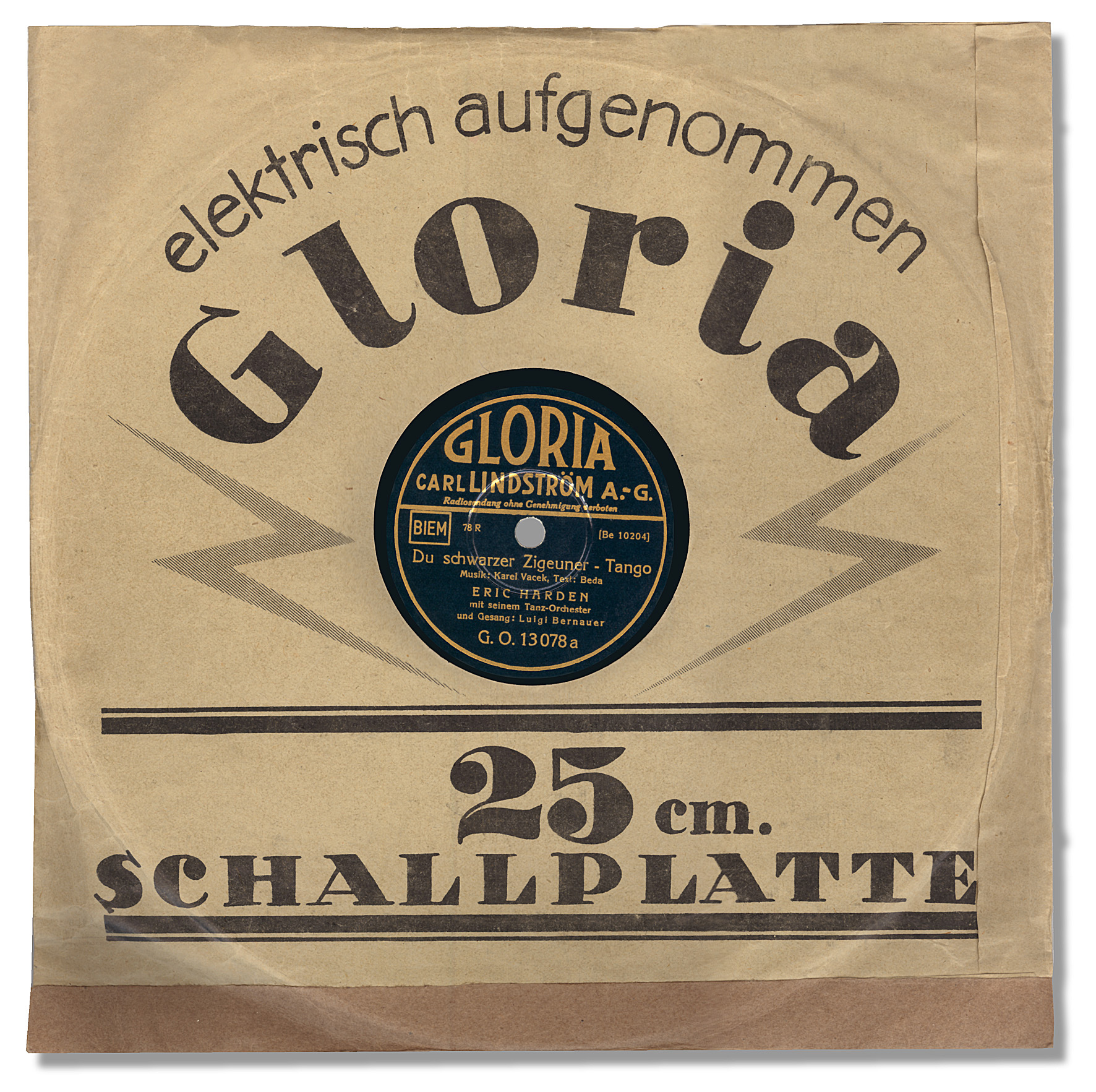
Unquestionably, the most important technical advance in the history of recorded sound was made in 1948 with the introduction of the plastic, long-playing (LP) record by Columbia Records.
Nevertheless, the recorded legacy of eighty years of planet Earth exists on the "78 RPM" records which predated LPs. So we need to take them seriously and see how the information might best be teased from their rough grooves!
Equalisation of pre-LP (or shellac-era) records
There appear to have been a plethora of recording characteristics used during the shellac period (and possibly even more opinions on those characteristics!). In all cases Stereo Lab provides the appropriate equalisation curves.
Crackle remover
Seventy-eight records exhibit pops and clicks of a very short duration and which are present almost all the time. We call them "crackles". The Stereo Lab crackle remover is automatically adaptive and is very effective. Unlike so many other, competitive techniques, the crackle-reduction has no effect on the high-frequencies so that the sound is not "dulled" when it is cleaned-up.
GRAδIENT
GRAδIENT stands for GRAmophone DIsc Enhanced Noise Treatment and is a unique noise-reduction process for shellac-era needle-drops introduced for the first time in Stereo Lab.
A final demo is here and brings the various advantages of software processing together. The first half of the file is a recording of Ravel's Introduction and Allegro for Harp* recorded via a hardware preamplifier equipped the appropriate 500N-flat equalisation for a British Columbia release of the period. The second half is the same music recorded as a flat-response needle-drop using PHLUX-AI and processed in Stereo Lab using the correct equalisation, crackle removal and GRAδIENT. The differences speak for themselves!

*Columbia DX 1310, DX 1311. with string quartet, flute and clarinet; harp solo by John Cockerill
Some brief musical extracts of the various Shuffling techniques are given below:
FRANCI - Stereo Lab incorporates a digital implementation of the Stereosonic Shuffler in which the uneven frequency-response and group-delay problems of the original implementation have been entirely resolved. This is the shuffler known as FRANCINSTIEN. An example of the FRANCINSTIEN Shuffler process is given here.
The first part of the musical extract is the signal direct from crossed-cardioid microphones and the reprise is treated with the FRANCINSTIEN process.
BoF - The Stereosonic Shuffler actually over-compensated for the theoretical correction required for pure, "pan-poted" stereo, multi-track recordings. This is possibly because the EMI filter was intended only for stereo recordings made with stereo microphone arrays. This is the motivation for another, completely new, Shuffling process called Bride of FRANCINSTIEN (or BoF).
The first part of this musical extract is the signal direct from the mixer and the reprise is treated with the Bride of FRANCINSTIEN shuffler process.
The stereo correction techniques collectively known as FRANCINSTIEN have been continuously developed since the 1990s when the first, passive matrix was produced and sold by Perfect Pitch Music.
The most radical improvement comes with the incorporation of findings derived from a theoretical analysis of a stereophonic sound reproduction system as a sub-optimal wavefront reconstruction system which post-dates the original research which informed the original Stereo Shuffling techniques by thirty years.
The result is the FRANCINSTIEN T-Sym.
The first recording contains various samples of music.
Here, the same examples have been processed by FRANCINSTIEN T-Sym.
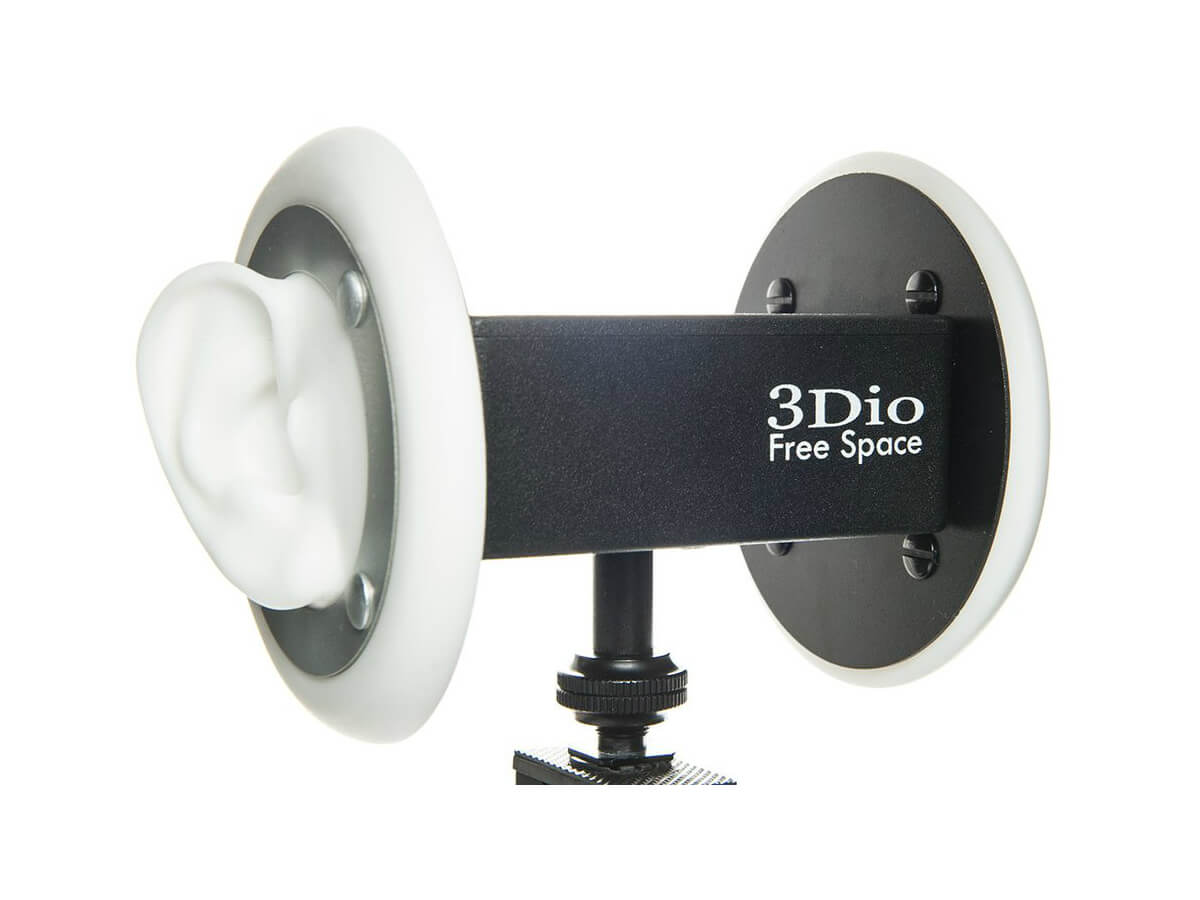 Stereo Lab also has applications in 3D sound for entertainment and VR. The Blumlein δ setting may be used to transform binaural recordings into immersive sound fields delivered by standard stereo speakers.
Stereo Lab also has applications in 3D sound for entertainment and VR. The Blumlein δ setting may be used to transform binaural recordings into immersive sound fields delivered by standard stereo speakers.
Blumlein's original microphone technique involving spaced omni microphones is often called, the greatest forgotten invention in audio engineering. His ideas (100 years ahead of their time) were brought up to date in a proposed microphone technique named TIHM - for Time Intensity Hybrid Microphone.Ref: Multimedia and Virtual Reality Engineering. Brice, R. (1997) Newnes.
The TIHM (Blumlein δ) algorithm included in the Stereo Lab software
suite. Here are a couple of demos of what's possible.The first demo is of American folk singer Suzy Bogguss and is a recording of a rehersal in her home with the various musicians disposed around the binaural array. The first part of the recording is the original binaural version (listen to this on headphones). The second part (01:05) is processed in Stereo Lab to generate a binaural effect from stereo loudspeakers.
The second example is of binaural street recording in New York. Once again, the first part of the recording is the binaural version (listen to this on headphones). The second part (01:00) is processed in Stereo Lab to generate a binaural effect from stereo loudspeakers.
Recordings with instruments panned full left or full right produce a particularly odd sensation when reproduced with headphones. Early Beatles recordings are famous for this early stereo technique, as are many Blue Note jazz recordings. These recordings offer a very striking demonstration of the great advantage of elliptical shuffling technique for headphone listening and one, short example is offered here. The first 25 seconds is the standard stereo signal: the shuffled version follows.
Even more striking is this example of hard panned narration. Once again, the first part is standard stereo: the second part is Head Space shuffled. Note how the first part sounds really freakish and how the second part sounds more natural and normal.
Best preamplifier for Stereo Lab
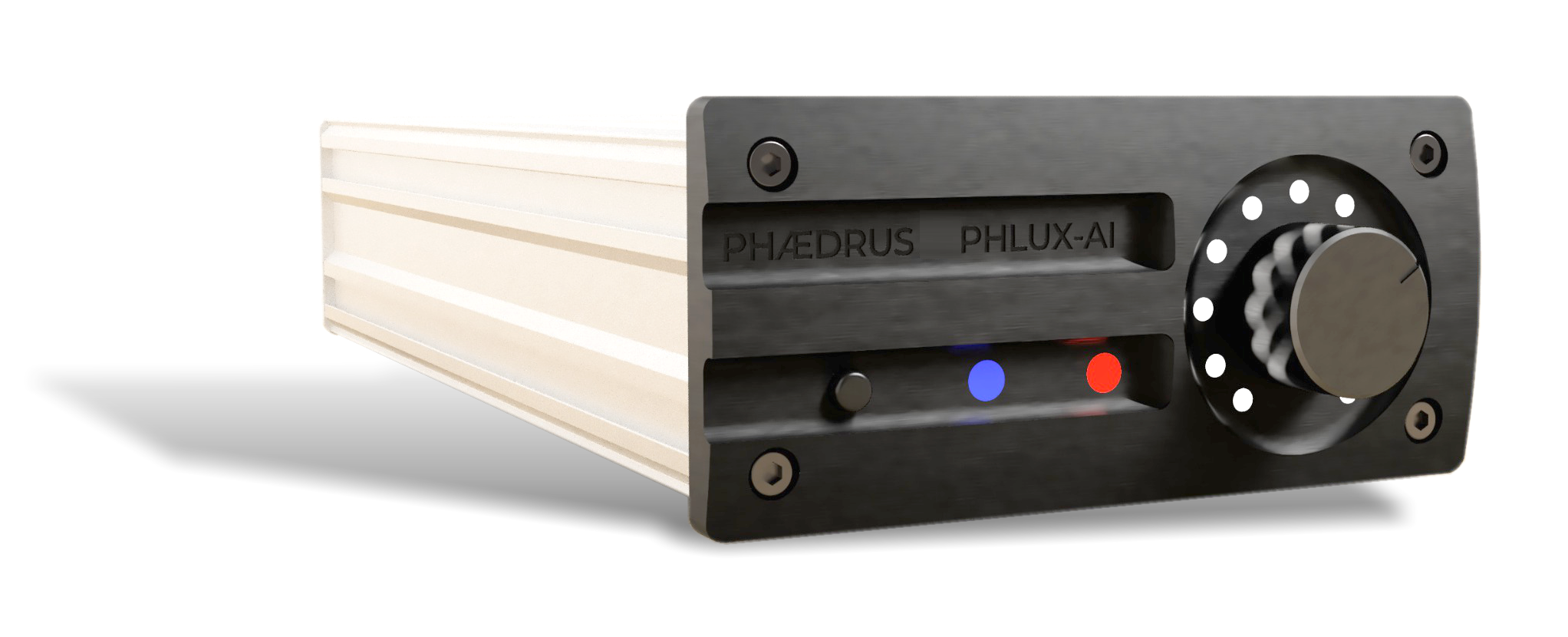
Phædrus Audio's PHLUX-AI high-quality preamplifier is unique: it is designed for all vinylistas - both the hard-line analogue lover and the modernist.
The PHLUX-AI preamplifier functions as a no-compromise, high-quality stand-alone phono preamplifier, or is the ideal preamplifier to use in conjunction with Pspatial Audio's Stereo Lab app'.
For the analogue purist, the PHLUX-AI preamplifier is designed to offer state-of-the -art, low-noise preamplification in a unique, and innovative bridge-based preamplifier configuration. It also employs circuit techniques from the summits of analogue design (for example, the legendary WV2 preamplifier from Neumann).
For the modernist (and the archivist), using the Stereo Lab you may apply the most powerful technology of our age - modern computing - to recovering the best possible signal quality from a record.

Our tests have revealed that the PHLUX-AI is the first really innovative phono preamplifier in a generation!
In this section we have a demonstration of the PHLUX-AI used with Stereo Lab, compared with a standard RIAA preamplifier using a moving magnet cartridge.
Here's the results from the moving-magnet cartridge coupled with a standard RIAA preamplifier.
And here's the PHLUX-AI interfacing the same cartridge with RIAA EQ in Stereo Lab.
This section is Β. It does not work in all browsers.
Here, the same two files as in the example above are arranged to play simultaneously. A button ("Toggle") enables you to switch between the two recordings; enabling you to A/B compare the MM cartridge via a normal interface with the Phædrus Audio PHLUX-Active Interface.
Track 1 is the PHLUX-AI
Track 2 MM via standard interface.
The shuffling technique available in Stereo Lab known as Crossed-Fours, is an entirely new technique and is intended to compensate for various shortcomings in crossed-cardioid recordings which are usually accused of lacking "spaciousness". You can read more here.
The first part of each musical extract (taken from rehersal tapes, note the false entry!) is the signal direct from the microphones and the reprise is treated with the "crossed four" process.
Here is another demo of the "Crossed-Fours" or "Rectified Cosine microphone technique"; this time in a very reverberant acoustic.
Blumlein δ The greater part of Alan Blumlein's (1933) patent is concerned with a binaural stereophonic microphone arrangement in which two omnidirectional microphones are spaced about 8 inches apart (like the ears). Signals from microphones so arranged tend to produce excellent stereo on headphones, but disappointing results on loudspeakers. Blumlein contrived a theoretically sound and practical system for treating these signals for loudspeaker replay. Stereo Lab has a modern implementation of Blumlein's original "shuffler".I tried it on several recordings made with a Schneider disc (a variation on the Jecklin disc theme) and noticed distinctly more precise imaging focus and a lovely low-end "bloom" and depth, which seemed to make the recording more real and natural somehow. It was broadly beneficial when applied to ORTF (near-spaced cardioids) recordings, too, again improving the focus and depth.
Once again, the first part of the musical extract is the signal direct from near-spaced omni microphones and the reprise is treated with the Blumlein δ process.
But how to demonstrate 4-channel sound on a stereo computer?
What we have done is offer a stereo track in which the front stereo pair plays for the first 35 seconds, followed by the rear stereo pair. Of course, this can't communicate the drama of the 4-channel decode, but it does demonstrate the remarkable separation obtained in the Stereo Lab QS system decode; it's almost as if two stems from the multitrack are being solo-ed and you are just hearing the microphone spill.
This system used high-frequency subcarriers, way above the hearing range, which were modulated to contain the extra information for quadraphonic. The whole arrangement was a bit fragile because the stylus had to be able to recover these very high-frequency signals without distortion or crosstalk and this proved a little hard to do reliably. The JVC CD-4 system is explained in detail here.
Here we have a short demo - and, once again, of Tony Mottola together with Vinnie Bell, Al Caiola, Don Arnone and Al Casamenti from a disc called Quad Guitars. In this short demo, there are four, four-bar solos, one from each position around the room in the sequence: left-front; right-back; right-front; and left-back. Once again, we hear the front pair of speakers first so the first and third solos are prominent: afterwards we hear the rears where the second and fourth predominate.
This is a demo of the CD-4 decode in the Stereo Lab program.
The CD-4 decoder in Stereo Lab will break with tradition in that it decodes to an intermediate Ambisonics format which means rather than decoding to four, dismembered loudspeaker points, it decodes to an integrated Ambisonics sound-field. There are both psychoacoustic and engineering advantages to this as we can exploit redundancy in the CD-4 signals to adapt the Ambisonics decode when the signal quality from the "helper" signal demodulators is not all it should be. Here is an Ambisonics sound-field decode of Bits and Pieces by The Average White Band. The front pair play first; note the percussion and saxophones dominate across the stereo field. The rear pair come after to reveal the guitars; one strummed, the other playing the ostinato riff.
The new Classic CD-4 decoder in Stereo Lab has been developed in response to requests for a decoder which more closely emulates the hardware decoders of the 1970s. The decoder decodes to the four loudspeaker regular-polygon loudspeaker layout which was popular in the heyday of "quad". The technical background to this decoder is given below.
The Classic CD-4 decoder is selected as a processes the main Quadraphonic Decode mode (see screen grab at top of page).
Demos and source material (for you to try) are available on these pages:
Matrix H was developed by BBC engineers in the late 1970s to carry quadraphonic sound via FM radio in a way that would be most compatible with existing mono and stereo receivers.
UD-4 was a discrete four-channel quadraphonic sound system for phonograph records invented by Duane Cooper of the University of Illinois and Takeo Shiga of the Nippon Columbia Company in Japan. UD-4 was introduced commercially by Nippon Columbia (Denon) in 1974.
Demos are available on this page.
Quadraphonic decoding demo
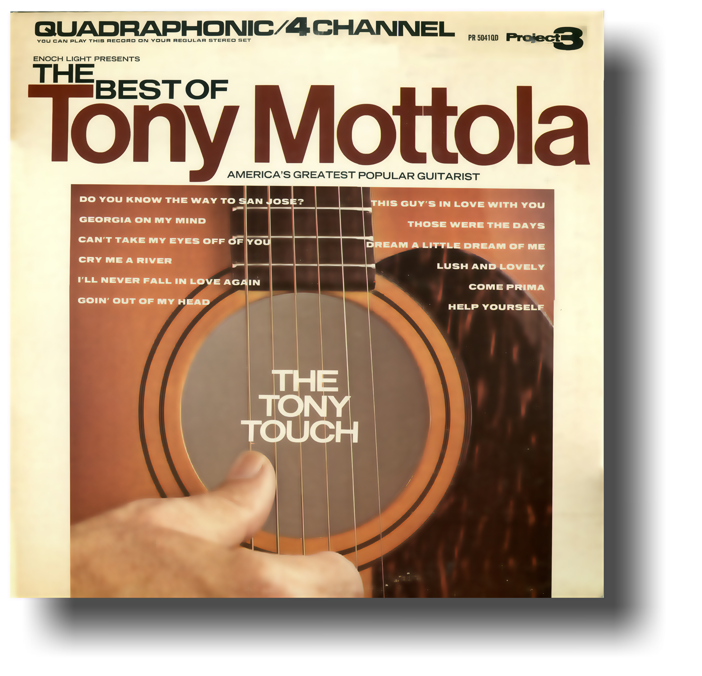 This light jazz title is a favourite amongst quad' fans and it's easy to see why. The production plays to the QS system's strengths, with a limited left-right image width better to secure good front-back separation. For those of us who don't remember quadraphonic sound the first time around, it's quite an experience to hear multi-channel sound of this quality from the grooves of a humble LP.
This light jazz title is a favourite amongst quad' fans and it's easy to see why. The production plays to the QS system's strengths, with a limited left-right image width better to secure good front-back separation. For those of us who don't remember quadraphonic sound the first time around, it's quite an experience to hear multi-channel sound of this quality from the grooves of a humble LP.
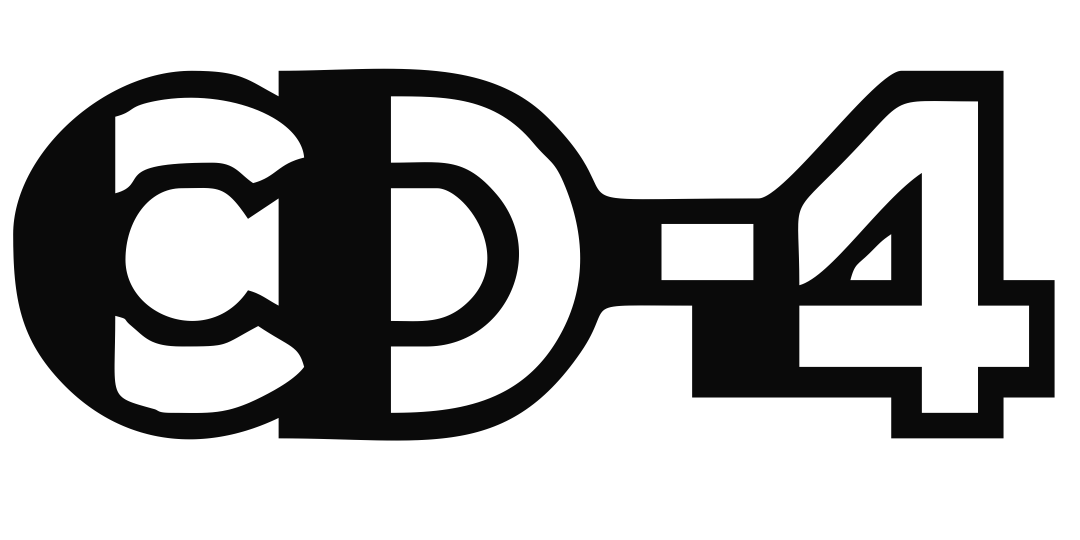 The QS quadraphonic demonstration above works well because the engineers carefully chose positions where they would get good isolation. That works when there are just two musical lines to separate. But suppose we want to present four individual lines; one each from one of the four speakers. To do this successfully more draconian means are required and one such was the CD-4 discrete quadraphonic system developed by JVC.
The QS quadraphonic demonstration above works well because the engineers carefully chose positions where they would get good isolation. That works when there are just two musical lines to separate. But suppose we want to present four individual lines; one each from one of the four speakers. To do this successfully more draconian means are required and one such was the CD-4 discrete quadraphonic system developed by JVC.
 "...... What I heard is as
good as, if not better, than vintage
hardware decoders - which rely
on obsolete and now-unobtainable
chips." - Martin Pipe, October 2019
"...... What I heard is as
good as, if not better, than vintage
hardware decoders - which rely
on obsolete and now-unobtainable
chips." - Martin Pipe, October 2019
Classic CD-4 decoder
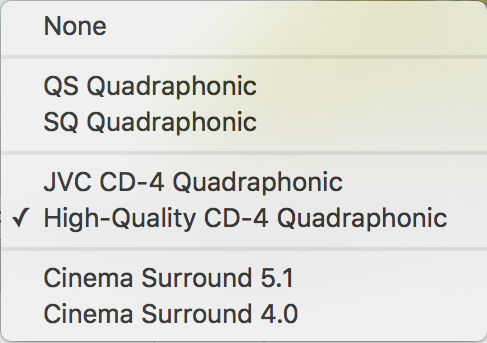
BBC Matrix H quadraphonic & Denon UD-4
Low-speed needle-drops
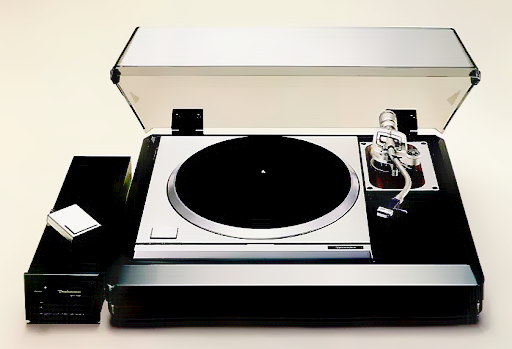 Needle-drops recorded with the turntable turning at exactly half-speed have a number of important advantages:
Needle-drops recorded with the turntable turning at exactly half-speed have a number of important advantages:
For more information on half-speed needle-drops go to this page.
A demo of 3/4 speed scanning and up-speeding in Stereo Lab is given below. The sharp-eared will notice that we didn't quite get the turntable to turn at exactly 25RPM. Nonetheless, the reduction in harmonic distortion is very obvious. The example is taken from an innermost groove recorded at relatively high level so it's a good test of the advanatges of the system. The original 33RPM needle-drop is first. Afterwards the up-speeded 25 RPM is presented.
Recalling that cutting an acetate is fundamentally an industrial machining job, we call the vertical noise component extending from very low frequencies to around 200Hz, machining noise and name the noise reduction, Machine Orthogonal Noise Elimination or Mach ONE.
Much more information is given here. The rest of this page is devoted to audio demos of the Mach ONE noise reduction process. Measuring the rumble performance according to DIN(A) or NAB, the unweighted rumble signal improves by 10dB to 18dB depending on the test disc employed.
Here are two audio demos from discs of recordings made in from 1964, Prokofiev ballet music to Romeo and Juliet Philharmonia Orch' under Efrem Kurtz (which we have on a later LP EMI ESD7151 Matrix 2YEA.7427). First a section between two tracks. First with no processing and (after the beep) with Mach ONE processing.
Note, you are listening for rumble here, so don't listen just with your PC 'speakers: use headphones or decent monitors.
The second demo is of the track noise alone (no modulation). Once again, first with no processing and second with Mach ONE engaged. The level is greatly exaggerated to make the comparison easier to hear.
And for those of you who only have PC loudspeakers to listen, here is a two-octave pitch shift of the last demonstration. First part, unprocessed rumble: second part, processed with Mach ONE. A short tone separates the two.
Devising audio experiments to test the assertion that record may produce spurious signals at the cartridge due to stored energy fed back from the medium proved difficult. Eventually, we discovered a methodology by which we could identify and measure Disc Echo and can disclose (possibly for the first time ever) a recording of this effect. The following audio example is a recording of the spurious signal fed back to stylus from energy stored in the medium whilst playing a 300Hz tone at 15dB above standard recording level (the original signal having been eliminated). The signal level has been boosted 30dB to be easily audible.
Take a moment to consider what you are listening to here. This is the sound of the energy fed back into the vinyl as the record (and the turntable) react to the interaction with the stylus, re-transduced and recorded. This is the energy we have named Disc Echo.
Two short demos follow. Audio prior to the beep is standard: after the beep, Disc Echo Removal is engaged. No other DSP was applied (except RIAA EQ).
A few audio examples of the PHLUX active cartridges compared with other MM and MC cartridges in a similar price range.
Example 1 - Standard (European) MM cartridge first, second the PHLUX
Example 2 - Standard (American) MM cartridge first, second the PHLUX
Example 3 - Standard (Japanese) MC cartridge first, second the PHLUX
Here are three further examples to download. These are FLAC only. The recording is of the Philharmonia Orchestra under Kurtz of Prokofiev's ballet music Romeo & Juliet recorded in Abbey Road in 1964.
The Stereo Lab app’ offers tools to maximise the quality of the recordings.
Example 1 - An off-tape recording (Type I ferric tape, no noise reduction encoding) treated using Azimuth DRAGON and CATHODE noise reduction.
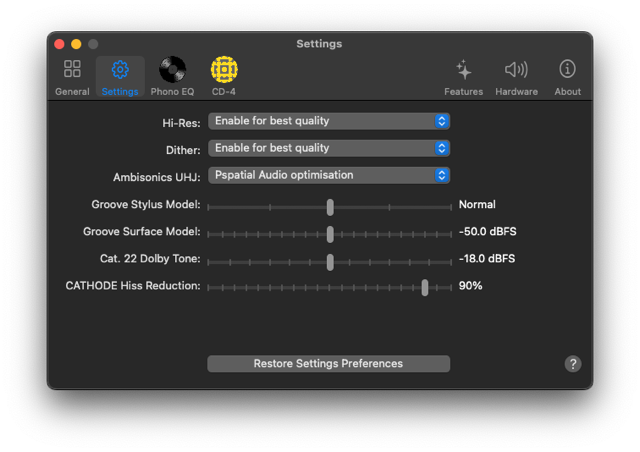
Here is a before-and-after demo' of an optical soundtrack: first part, direct from optical pickup; after the beep, processed with the Academy bandpass process in Stereo Lab.
Links
 The Pspatial Audio Home page
The Pspatial Audio Home page
Address all mail to sales@pspatialaudio.com
